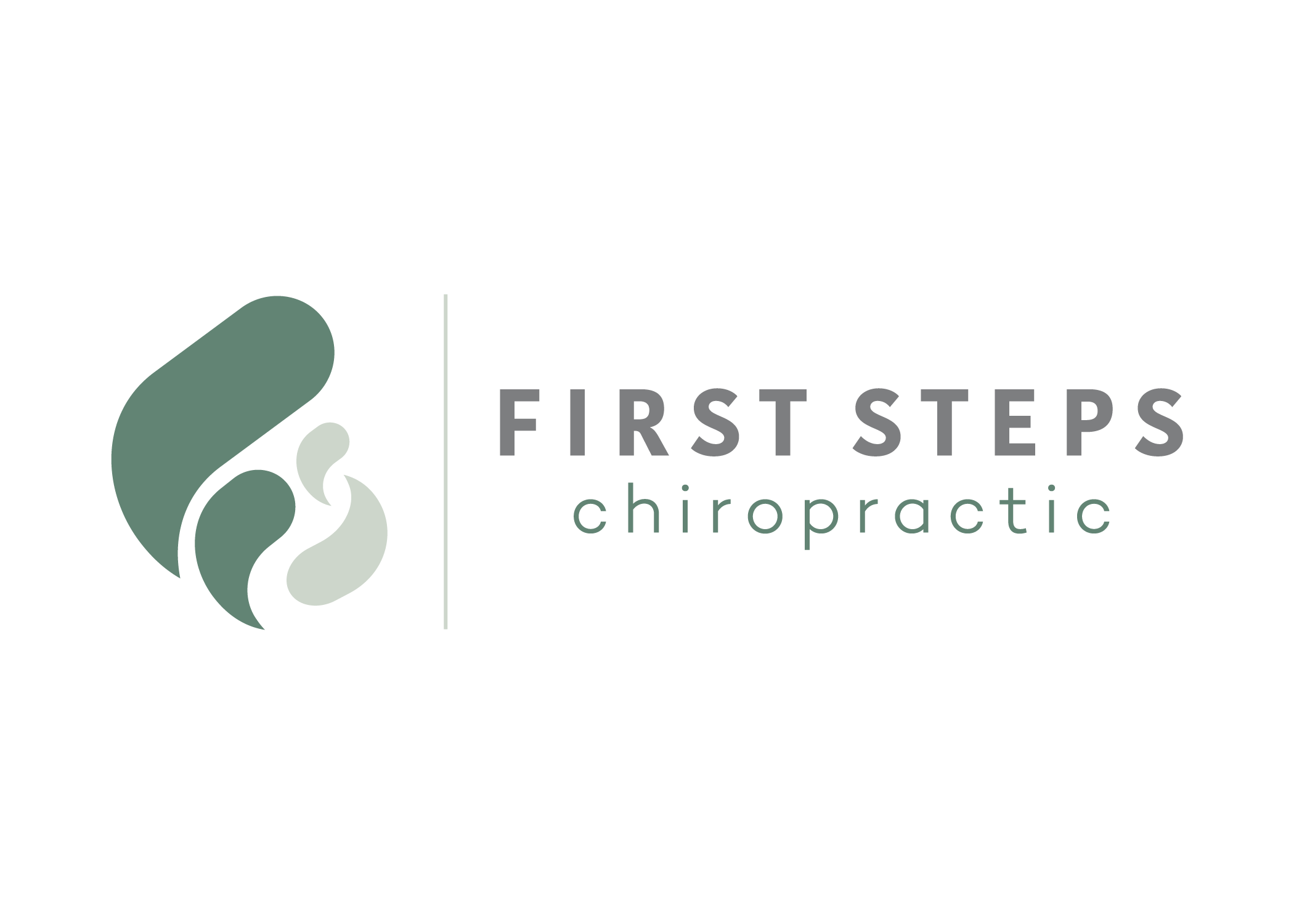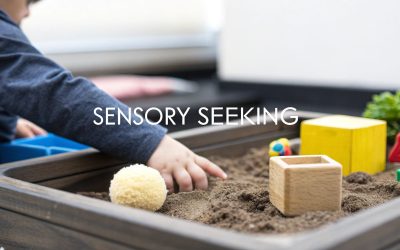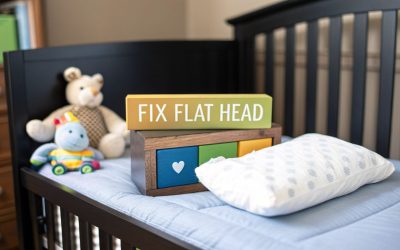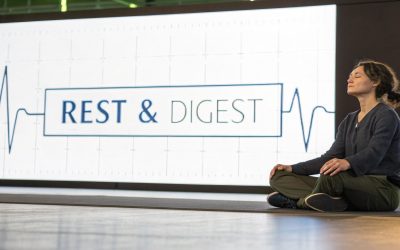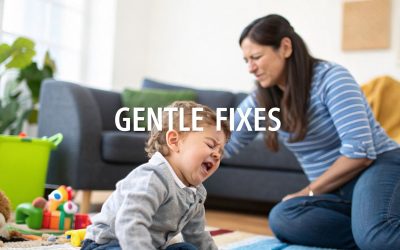ADHD
ADHD
Chiropractic care helps with ADHD by focusing on restoring balance to the nervous system. When our kiddos have a dysregulated autonomic nervous system we see difficulty focusing, concentration and listening.
Parents report improvements in their children’s behavior, mood, and ability to adapt to daily changes and challenges following chiropractic care. Our adjustments create balance, improve adaptability to stress and lower sympathetic tone. It also improves the overall connection between the brain and the body.
Better Focus and Concentration
Improved Adaptability To Stress
Improved Nervous System Function
Questions About How Chiropractic Can Help?
You’re Not Alone. We Are Here to Help!
Improved Nervous System Function
Chiropractic care aims to restore balance to the nervous system, which helps improve the body’s ability to function, process, and adapt to its environment. This can be particularly beneficial for children with ADHD, who may have dysregulation in their autonomic nervous system.
Better Behavior and Mood
Parents often report that their children exhibit better behavior and mood after receiving chiropractic care. This is because of the increased adaptability to stress and lower sympathetic tone, helping children to cope better with the challenges associated with ADHD.
Increased Adaptability to Daily Challenges
When the nervous system is functioning at an optimal level, children with ADHD are finding it easier to adapt to daily changes and challenges. This adaptability is crucial for coping with the demands of school, social settings, and family life. Chiropractic care supports children in becoming more resilient and capable of handling the ups and downs of daily life with ADHD.
Our Blog
Night Screaming in Toddlers And How to Find Peaceful Sleep
Is your child experiencing night screaming in toddlers? Understand the causes behind night terrors and nightmares and learn gentle, effective ways to help.
Sensory Seeking Behavior: A Practical Guide for Parents
Explore sensory seeking behavior in children with clear signs, causes, and practical strategies to support your child today.
A Parent’s Guide on How to Fix Baby Flat Head
Discover how to fix baby flat head with practical, gentle techniques. Our guide offers expert advice on repositioning, tummy time, and when to see a doctor.
A Parent’s Guide to Sensory and Auditory Processing Disorder
A compassionate guide to sensory and auditory processing disorder. Understand the signs, get clear answers, and find effective strategies to support your child.
A Parent’s Guide to Signs of Early Autism in Toddlers
Discover the key signs of early autism in toddlers. Our parent-friendly guide explains social, communication, and behavioral red flags and what to do next.
Silent Reflux Signs and Symptoms Uncovered
Discover the hidden silent reflux signs and symptoms in adults and children. Learn what causes LPR and find effective strategies for diagnosis and relief.
Stimulation of the parasympathetic nervous system: Simple ways to calm stress
Explore practical strategies for stimulation of the parasympathetic nervous system to calm stress, relax your body, and regain focus.
How does the nervous system work: A clear guide to nerves, brain, and health
Discover how does the nervous system work with a clear overview of neurons, brain, and health.
2 year old behavior problems: Gentle fixes for tantrums
Discover practical strategies for navigating 2 year old behavior problems, from tantrums to defiance, and regain calm with expert parent tips.
How to Get a Toddler to Sleep Fast Without the Stress
Discover how to get a toddler to sleep fast with a proven bedtime routine, calming techniques, and real-world tips for peaceful and quicker bedtimes.
